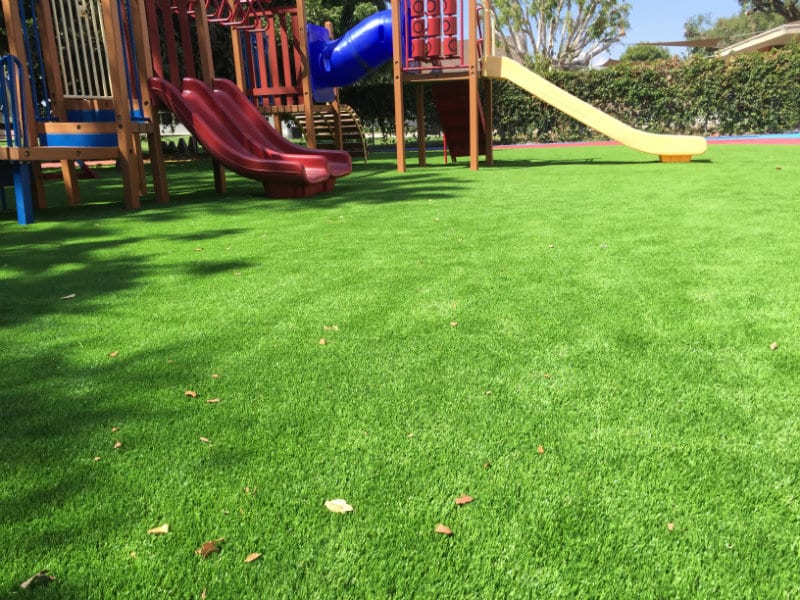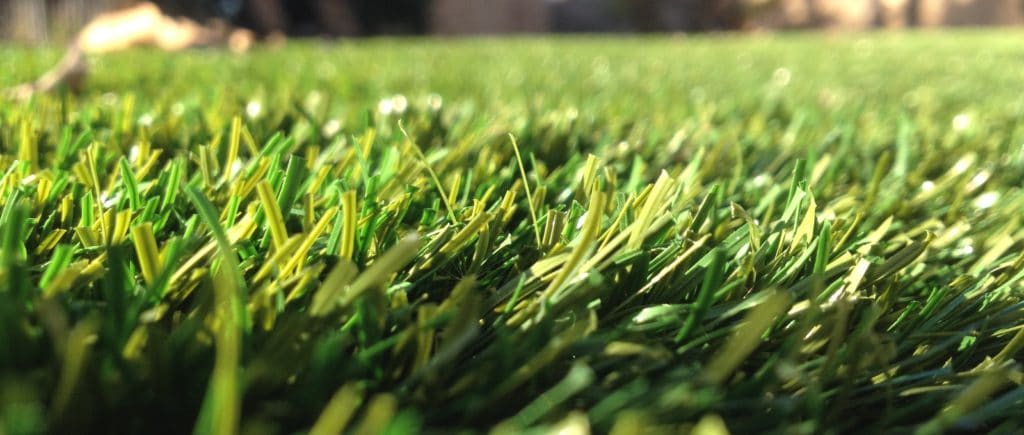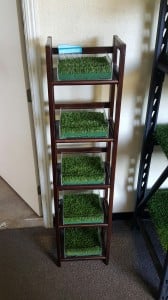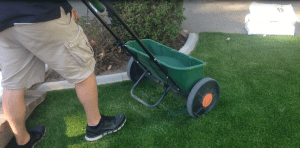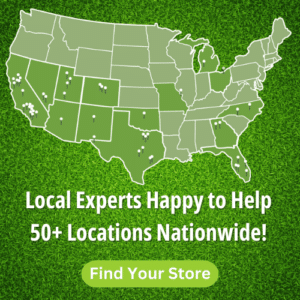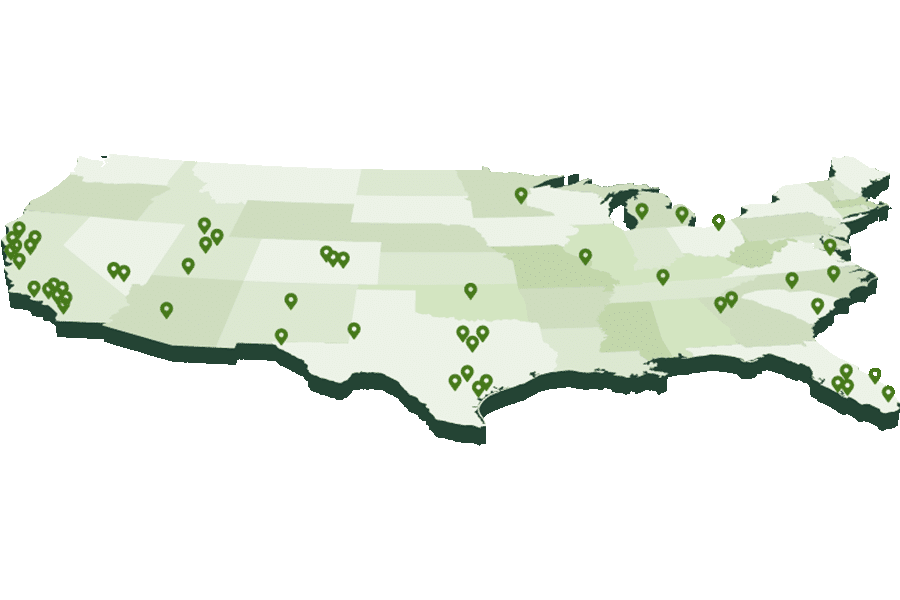Editor’s Note: This post was originally published in February 2016 and has been updated in November 2023 for accuracy and comprehensiveness.
Imagine you just finished installing a beautiful swath of new Purchase Green artificial grass. You’re itching to invite friends and family over to marvel at your state-of-the-art landscape. But there remains one step before your installation can be declared officially complete – adding infill.
“I don’t really need infill,” you think to yourself. “My grass will be just fine without it.” So you set about throwing a celebratory block party. Your neighbors are excited to see and feel your new grass. And, in the morning, you look at your grass and confirm you didn’t need infill after all, everything looks just as it did.
But a few months go by and your start to notice your grass looks off somehow, almost flat. Then it hits you – skipping the infill has rendered your grass susceptible to the deleterious effects of heavy foot traffic. Your muscles tighten, your hands curl into fists, your arms arch overhead, you fall to knees, teeth bared, and shout skyward, “INFILL!”
OK, maybe the revelation that infill is important wouldn’t happen in quite so dramatic a fashion. But it is a critical part of a proper artificial grass installation. Let’s take a look at why that is.
Why You Need It
Infill is very important to every artificial grass installation because it functions in several interesting ways. First, and most obviously, infill weighs down the turf. This helps prevent the turf from looking like carpet that needs to be stretched when it expands and contracts during periods of warm and cold weather.
Second, infill adds ballast, which grants your grass the gift of memory. After hours of foot traffic on the grass, infill helps prevent your grass from taking on a matted-down look. Think of it sort of like a memory foam bed.
Third, infill protects your artificial grass backing system. The backing system is the internal support structure built right into your grass. By adding infill you protect this important system from foot traffic and from UV radiation. While it’s true our backing systems are very durable, infill adds a layer of protection to help to extend the useful life of your artificial grass lawn.
How Much Do You Need?
Like many answers to life’s questions, the answer to how much infill you need is “it depends.” What it depends on are three factors – the type of infill you use, the type of grass, and the expected foot traffic.
For residential installations, Purchase Green recommends 1-2 lbs. of infill per square-foot. We generally lean more toward the 2 than the 1 – not to sell you more infill but because you’ll be happier with the finished product. A good rule of thumb is to use enough infill such that only the top ½” to ¾” of your grass is exposed.
Before you decided on Purchase Green, you may have encountered some other artificial grass companies that told you infill isn’t necessary. Don’t believe it. While it’s true modern landscaping grasses are sufficiently dense to stand up without infill in light traffic applications, you and your grass will be happier in the long run if you apply infill. Even a modest amount of 1 lb. per square-foot will help extend the life of your grass.
What Kind of Infill Should You Use?
At Purchase Green we believe in offering our customers solutions to their needs. That’s why we carry so many varieties of grass. It’s also why we carry several types of infills.
Purchase Green currently offers four types of infill. First is our MellowFill. MellowFill is infused with (Zinc, ZPT, ZOE) anti-fungal protection. This fungastatic agent inhibits growth of mildew and algae. This product’s unique biocide chemistry controls odors caused by mildew, mold fungus, and algae and significantly reduces the odor caused by ammonia buildup in pet urine. This is our highest-quality infill option so it is a little pricier than our other options.
We also carry Zeodorizer, an ideal artificial turf infill for pets. Zeodorizer infill contains zeolite, which is a natural, inert, non-toxic substance that “captures” the ammonia and then releases it when it rains, forcing the odor-causing bacteria into the ground – ultimately “flushing out” the ammonia smell. Zeodorizer infill also cools the turf’s surface temperature by absorbing heat from the available sunlight.
We have other good options for infill that are less expensive still. We carry two types of silica sand, one standard and one that comes in green. Note that silica sand is highly absorbent so when pets go to the bathroom on it the odor may be rather noticeable. As such, silica sand is best for a home or area that does not have pets.
We do not sell nor do we recommend crumb rubber infill for residential applications.
The Payoff
Installing an artificial grass lawn is not a complicated project. It can, however, be a demanding one. So it’s understandable when, after all your toiling, you look at your luscious new lawn and think you can get away without that final step of adding infill.
Don’t do it. Instead, get your drop spreader and treat adding infill like a leisurely stroll through your neighborhood’s most beautiful yard – well, a leisurely stroll during which you have to regularly stop to add 50 pounds of infill into the spreader. When it’s all done, in the end, you’ll be glad you did.
